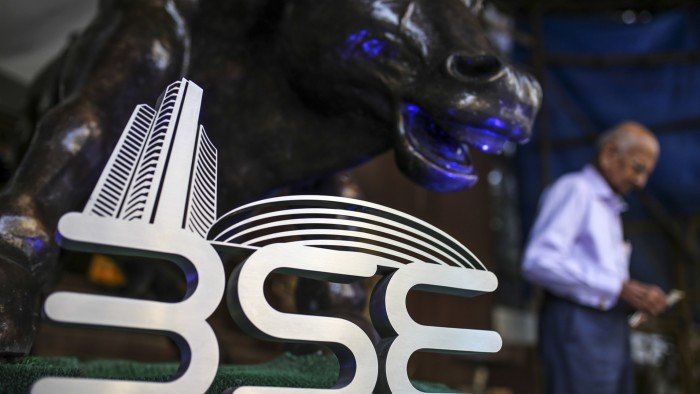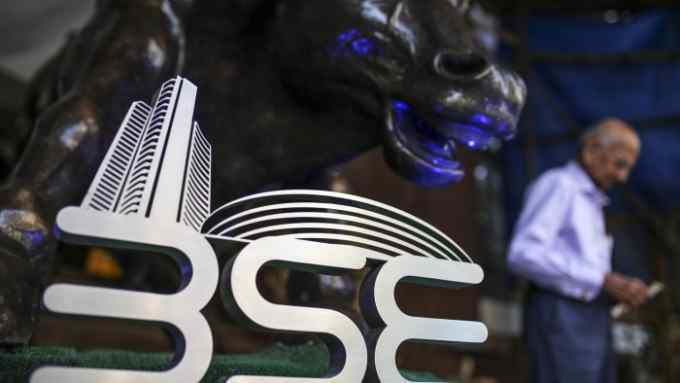Capital gains tax eats away at returns on India ETFs

Simply sign up to the Exchange traded funds myFT Digest -- delivered directly to your inbox.
Latest news on ETFs
Visit our ETF Hub to find out more and to explore our in-depth data and comparison tools
Emerging market funds have just enjoyed their largest monthly inflows in nearly two years, but some markets, such as India, have structural issues that can eat into returns on equity investments.
International investors owning local Indian stocks are subject to taxation on capital gains at a rate of 15 per cent for positions held for less than one year and of 10 per cent on longer-term holdings, said Dina Ting, head of global index portfolio management at Franklin Templeton, whose Franklin FTSE India Ucits ETF (FLXI) underperformed its benchmark FTSE India 30/18 Capped index by 4.05 percentage points in 2020, the year after its launch in 2019.
“This should be seen as an unavoidable cost and risk of investing in India,” Ting added.
An emerging market specialist at a large investment bank agreed.
“India does potentially put itself at a disadvantage versus other emerging markets in this respect,” the specialist, who did not want to be identified, said.
“When you look at active India funds, the ETF is actually a better benchmark rather than say an MSCI Index because the index is gross of capital gains tax — a reality that no international investor has,” he added.
Divergence from the underlying index is not unique to FLXI. The iShares India ETF (XID) underperformed its benchmark Nifty 50 index in 2021 by an even wider margin of more than 5 percentage points, Morningstar data shows.
The Franklin ETF’s tracking difference — the difference between the return of the ETF and that of its underlying index — remained at a steep minus 3.88 percentage points in 2021. In 2022, however, when the index fell 8.36 per cent, the tracking difference turned positive, with the ETF outperforming its benchmark by 0.47 percentage points.
“Franklin ETFs accrue CGT in the [net asset value of the fund] on a daily basis,” explained Ting.
“In rising markets, we will see the fund typically underperform its benchmark and vice versa, provided the current market value of the fund holdings is above their historical book cost,” Ting added.
Kenneth Lamont, senior fund analyst for passive strategies at Morningstar, said it was often assumed that a passive fund will lag its index by its combined management fee and running costs.
But, “in the case of markets which are more difficult to access, tracking difference becomes even more important”, Lamont said. “Barriers to investment such as taxes or trading fees can see costs spiral and tracking differences balloon — in some cases, like India, dwarfing the impact of management fees.”
Ting said the impact of CGT on a fund’s valuation was not only unavoidable but also heavily influenced by the timing and volume of purchases and sales. “Franklin Templeton’s tax process was selected for its transparency benefits, given that unrealised CGT is included in daily NAV calculations,” she added.
Morningstar data on eight India ETFs show that tracking differences varied widely between the funds in each of the past three years but there was also a wide variation from year to year for all the funds.
“Funds, including ETFs, generally may account for the tax in different ways and performance data is not directly comparable,” said Ting.
Taxation considerations can also apply to other markets, for example overseas investors in US equity ETFs. When a US company pays a dividend to a non-US citizen, a 30 per cent tax rate can apply, depending on the jurisdiction.

Click here to visit the ETF Hub

Comments